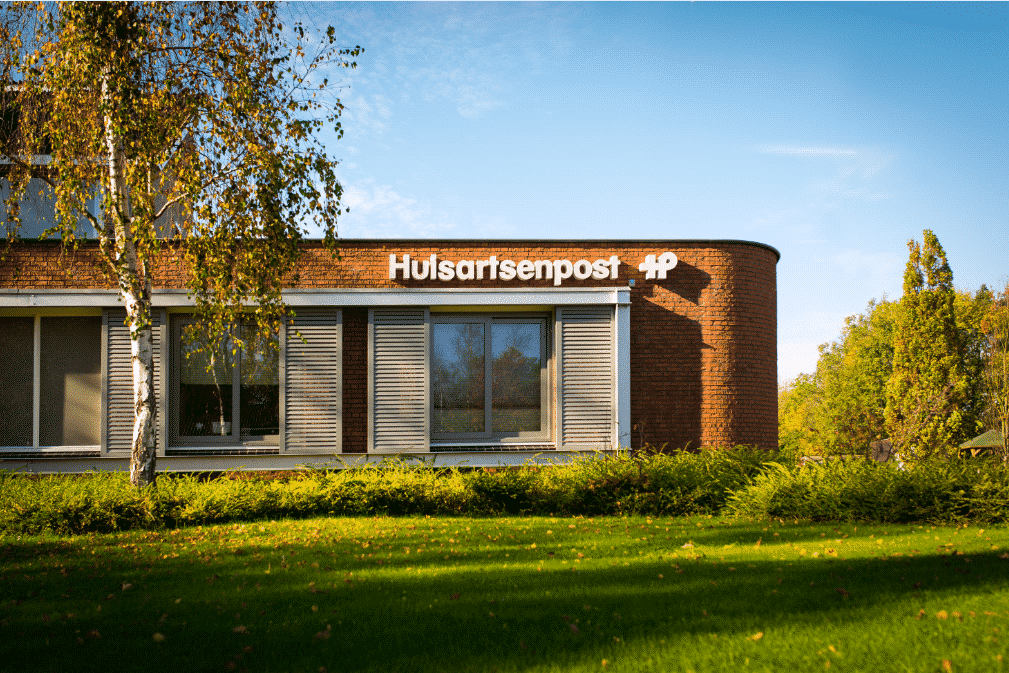
Important changes to protocols
22-12-2022 -by Quality Department
Elke Koestering and Mathilda Boer of the Quality department report the following changes to a number of important protocols:
- In practice, it turns out that it is sometimes necessary for Hp De LIMES to send a referral letter or another document to a chain partner such as GGZ. From VIM reports, we notice that this is no longer so easy: faxing is often no longer an option. In 2023, a project will start running in which we as Hp De LIMES will also participate: project faexit, to ban the fax in our care processes. But how can we deal with it now? We are already running into problems from time to time. E-mailing is not always easy, we hear: who e-mails and can they do it safely? For now, we have to use the following method: Method observation message/referral letter/application form to chain partner.
- In the work instruction Bandaging wounds , the working method for bleeding wounds and aftercare of the patient has been adjusted as a result of a VIM notification.
- In protocol Burns , in consultation with the Dutch Burns Foundation, the length of time that burn shields may remain in place has been adjusted from 30 to 20 minutes.
- In protocol TBC has been added “Measures AFTER unprotected contact with a (possibly) contagious TB patient”. Under “Precautions suspected Open TBC” adjustments have been made with regard to the use of mouth-nose mask. The additions and adjustments were made in consultation with and on the advice of the Tuberculosis Control Department of GGD Hollands Midden.
- At the request of a team leader and medical manager, a working method for telephone consultations and consultations with patients outside the De LIMES catchment area has been established. This describes what the procedure is in the event that a patient lives outside the catchment area of the out-of-hours GP service De LIMES and contacts the out-of-hours GP service De LIMES.
- In the Consultation by GP protocol, the fixed components of a consultation (anamnesis, diagnostics, determining policy and discussing the findings and the proposed policy with the patient) are supplemented with consultation of the LSP and reporting of all items mentioned.
- The protocol for visits by general practitioners is a harmonized document in which we draw attention to the passing on of a visit to the visiting physician who is already on his way. It is important that the triage nurse communicates the urgency but also briefly explains the contextual factors (including a non-fluff feeling). This allows the visiting doctor to be extra alert.
- The General Triage Criteria have been added to the Urgency Codes protocol. These play a crucial role that can increase or decrease an urgency. The triage criteria are divided into Contextual factors, Risk groups and Alarm signals. We come across the lack of the triage criteria in the final determination of urgency in almost every preliminary investigation into calamities. Thus, we emphasize these criteria once again!
- Some time ago, the protocols Driver Job Description andDriver Work Instruction – deployment at the post were amended. There were several documents on this subject, which have now been brought together in a harmonised manner in these two documents.
- Also some time ago, data minimization was applied to protocols concerning the emergency line. The new and clear document Emergency Line can be found in Q-link.
The protocols can also be found in the Quality Manual of Hp pHHHpDe LIMES.
Back to overview